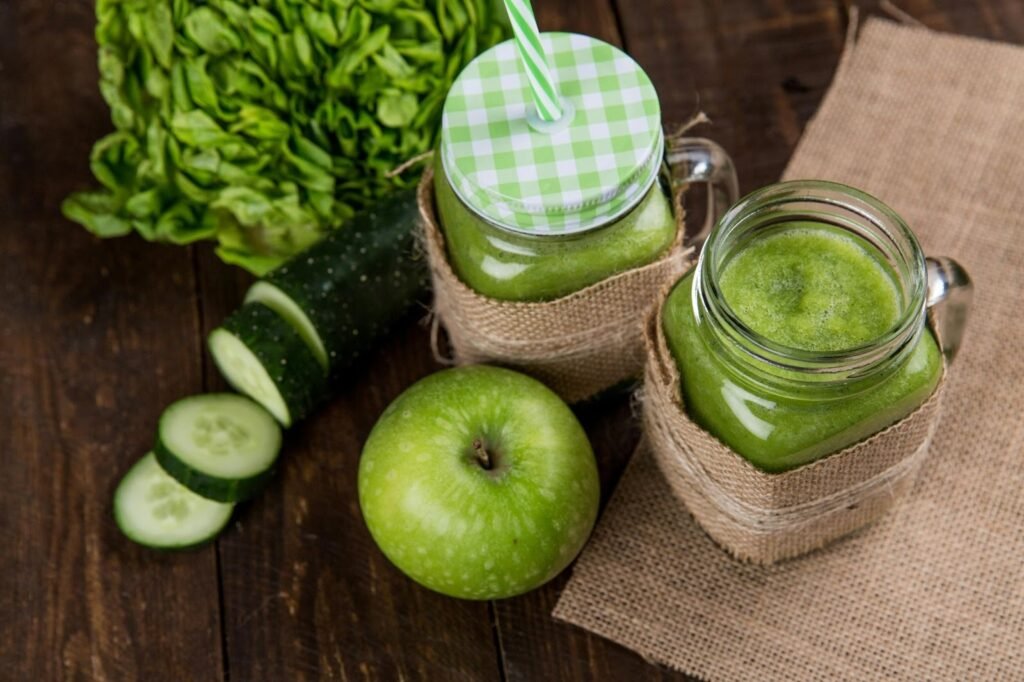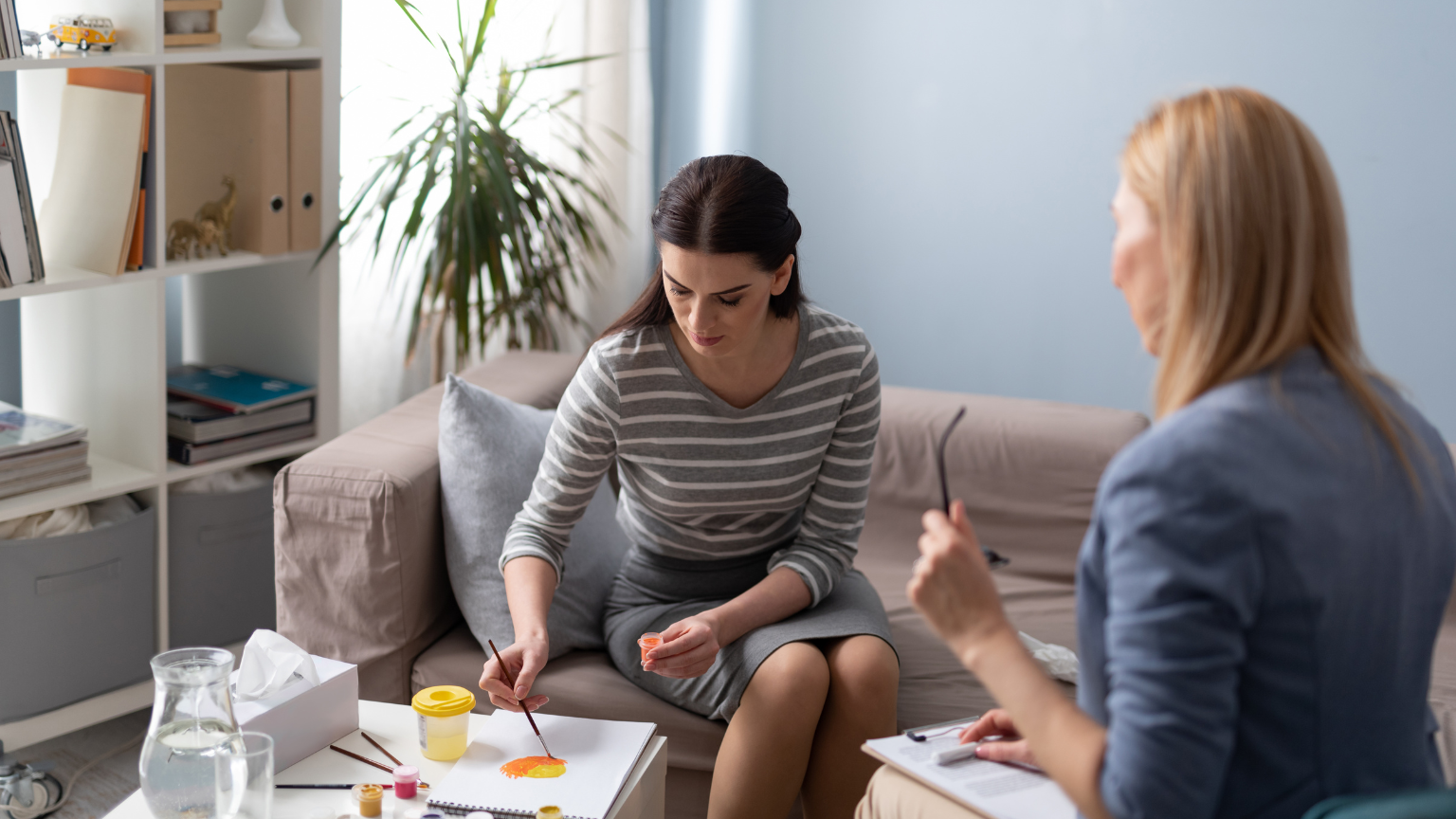The New Look of Self-Care
Wellness has changed a lot in recent years. It’s no longer only about exercise or green smoothies. It’s about how people feel in their own spaces and in their own bodies. The modern idea of wellness mixes comfort, design, and emotion. It’s a softer and more mindful way to care for yourself.
Design plays a big part in that shift. People want their homes, their tools, and even their skincare products to look calm and inviting. Clean lines, gentle colors, and soft textures create an environment that supports mental ease. The look of wellness is now part of the feeling of wellness.
When something looks good, it invites use. It makes the experience more personal and more relaxed. This is why design now sits at the heart of modern self-care.

The Beauty of Function
The link between function and beauty feels stronger now than ever. Designers have started treating everyday wellness tools like works of art. From diffusers to yoga mats, each product feels more thought-out. The idea is to blend comfort with a sense of calm.
You see it in small details. Smooth shapes. Neutral tones. Soft materials. These choices make self-care feel intentional. People respond better when the things they use feel natural. A well-designed space can shift mood and energy in quiet but powerful ways.
Design has turned into a language of care. It reminds us that wellness can live in simplicity.
A New Kind of Pleasure Aesthetic
The wellness space has also opened up to a deeper conversation — pleasure. For a long time, topics around sexual wellness felt hidden or uncomfortable. Now they are being seen through the same lens as mental and physical health.
The look and feel of pleasure products have changed too. They no longer look harsh or mechanical. They fit into a lifestyle that values design and calm energy. When someone picks up a personal wellness product, it often looks like an art piece. This makes the topic easier to approach and talk about.
Many modern brands are working to remove shame and replace it with understanding. They use design as a bridge. By creating elegant products, they open the door to open discussion.
Design and the Modern Male
The shift has also reached men’s wellness spaces. More men now see self-care as a personal right, not a luxury. Design plays a huge role here too. Subtle, modern aesthetics make wellness tools approachable.
This change shows up in grooming, skincare, and even sexual wellness. Products once hidden now sit confidently on shelves. They look like part of a healthy lifestyle. Even items like a male masturbator now come in sleek, minimalist designs that match wellness culture.
These products focus on comfort, safety, and body awareness. They are not just about physical pleasure but also about mindfulness. They remind users to slow down and connect with their own needs. That’s the real shift — design helping to change perception.
The Emotional Side of Design
Aesthetics can shape emotion more than most people think. A well-designed object can calm you before you even use it. Smooth edges and natural materials signal safety. Soft colors reduce tension. A quiet design helps the mind rest.
That’s why so many wellness brands spend time on visual details. They understand that design influences how people feel about care. When something looks peaceful, it feels easier to include it in your day. You don’t need motivation to use it. It feels natural.
This kind of emotional design connects form with feeling. It’s subtle, but it builds trust and comfort.
Making Wellness Look Normal
Design has helped make wellness part of everyday life. It’s no longer something that feels hidden or separate. You see it on bathroom counters, nightstands, and office desks. Candles, massagers, skincare bottles — they all fit into modern interiors.
The design makes these things blend in instead of stand out. It sends a quiet message that self-care is normal. People no longer feel shy about having wellness tools in plain view. That’s progress through design.
It’s not just about style either. Good design builds confidence. It helps users feel that care is part of who they are, not something extra they must do.
Pleasure Without Stigma
Pleasure and wellness now share the same table. The conversation around them is changing fast. People are learning that pleasure is a form of health. It supports balance, confidence, and emotional peace.
Design has made this talk easier. When something looks beautiful, it feels more approachable. It’s easier to accept and even celebrate. The shift in design has helped dissolve stigma. It has turned private care into something open and accepted.
This openness also shows that pleasure and wellness are not separate. They connect through how we treat ourselves. Design simply gives that connection a softer voice.

The Future of Wellness Design
Design for wellness will keep evolving. It will grow even more personal and intuitive. Products will keep blending form and feeling. Spaces will keep reflecting calm energy.
Wellness design will not only make things look good. It will help people live better. It will teach that beauty can heal and calm the mind. It will make care feel like part of daily life, not an extra step.
Pleasure, calm, and wellness all share one idea — presence. Good design helps people return to that space. It’s a gentle reminder that how something looks can affect how it feels. When form and comfort meet, wellness becomes part of who you are.
